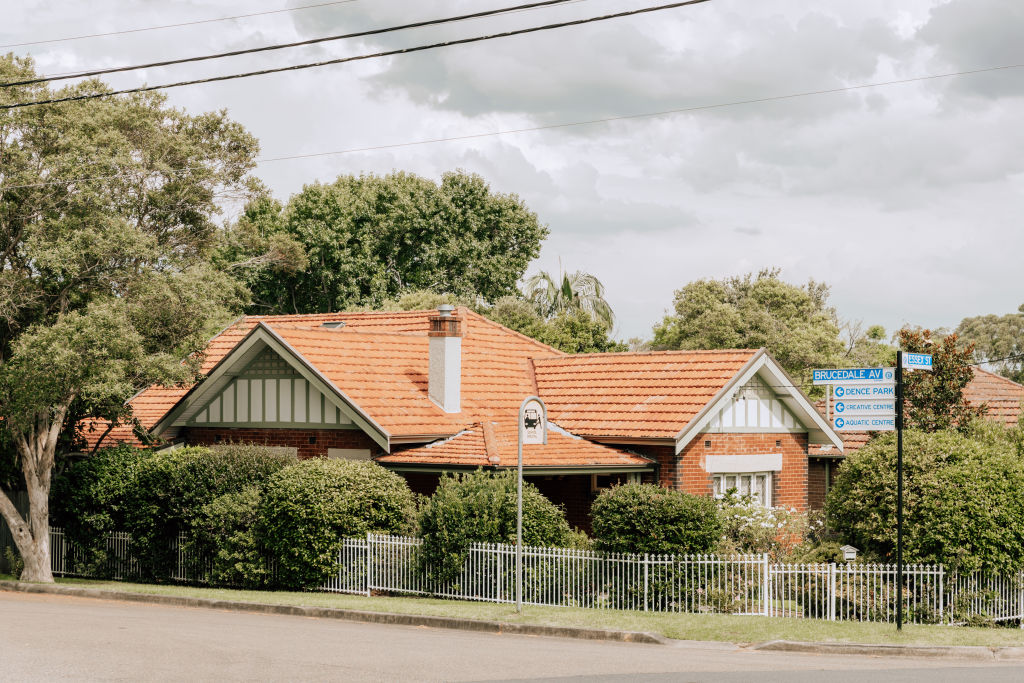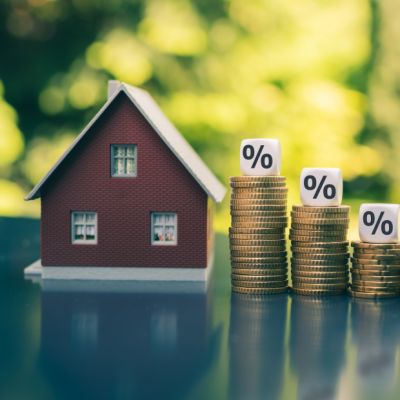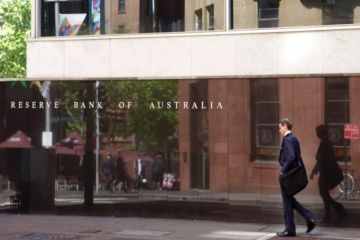‘Time is of the essence’: What home owners should do while interest rates are still low
Update: The RBA has raised the cash rate to 0.85 per cent.
The mortgage repayments of millions of home owners around the country could potentially rise within weeks if the Reserve Bank of Australia (RBA) starts increasing the cash rate target earlier than previously expected.
Rising inflation, low unemployment and a pick-up in wage growth mean economists and the big banks now expect that the RBA could begin raising rates from June this year.
It’s expected the RBA’s first hike will be 0.15 per cent to get the cash rate to 0.25 per cent, with further rises of 0.25 per cent increments following the historical pattern seen in previous rate-tightening cycles.
“Our view is that they’ll probably get rates to 1 per cent by the end of this year and push it up to 1.5 per cent next year,” says AMP Capital’s chief economist, Shane Oliver. “Then, if inflation comes off a little bit because of lessening supply constraints, they could pull rates back again in 2024.”
But while the official interest rate – and therefore variable interest rates – may rise sooner than previously forecast, there is still time for home owners to take advantage of current conditions.
Here are three things home owners can do while rates are still low.
1. Review your home loan
The cash rate is at a record low, and lenders are still offering attractive rates, so it’s the opportune time to check in on your mortgage, says Lianna Mills, senior home loan specialist at Domain Home Loans
“Time is of the essence,” she says. “Whether you’re on a fixed or variable interest rate, now is the time to review your mortgage.”
Making time now to speak to a broker or lender about whether your current interest rate and loan structure are still right for you could help ensure you’re in the best position before rates rise.
2. Enquire before your fixed term expires
For borrowers on a fixed-rate home loan, it’s worth reaching out to your broker or lender at least four to six weeks before your fixed term expires to explore your upcoming options, says Ms Mills.
“You don’t have to wait for your fixed rate to expire to initiate an application or make an enquiry with a new lender,” she says.

“There are no negative implications to reviewing your loan while your fixed rate is still in progress,” she says. “But, you may be negatively impacted if you wait to review your loan and in that time interest rates rise.”
Each month, the Reserve Bank of Australia (RBA) board meets and sets the cash rate target, sometimes referred to as the “official” interest rate. The cash rate serves as a benchmark for home loan interest rates, which are normally a few percentage points higher. Lenders often adjust their variable interest rates based on movements of the cash rate, but aren’t obliged to do so.
- Read more: Five common home loan questions answered
3. Future-proof your home loan
When reviewing your home loan it’s not only important to ensure it suits you now, but also that it will continue to meet your needs years into the future, Ms Mills says.
“It’s important to consider what your future circumstances might be,” she says. “For example, if you’re planning to sell your property within two years, fixing for four years won’t make sense.”
Borrowers with fixed-rate home loans may need to pay substantial break costs if they sell or refinance before the end of the fixed period, so it’s a good idea to plan ahead for how circumstances might change.

It’s also important to keep in mind that interest rates are expected to continue to rise over the course of the year. So even if the financial benefits of refinancing aren’t immediately obvious, reviewing your home loan now could help ensure you are in a better position in the future, Ms Mills says.
“People so often refinance to save money now,” she says. “But, a refinance is just as valuable if it can put you in a better position in six months’ or a year’s time.”
We recommend
We thought you might like
States
Capital Cities
Capital Cities - Rentals
Popular Areas
Allhomes
More










